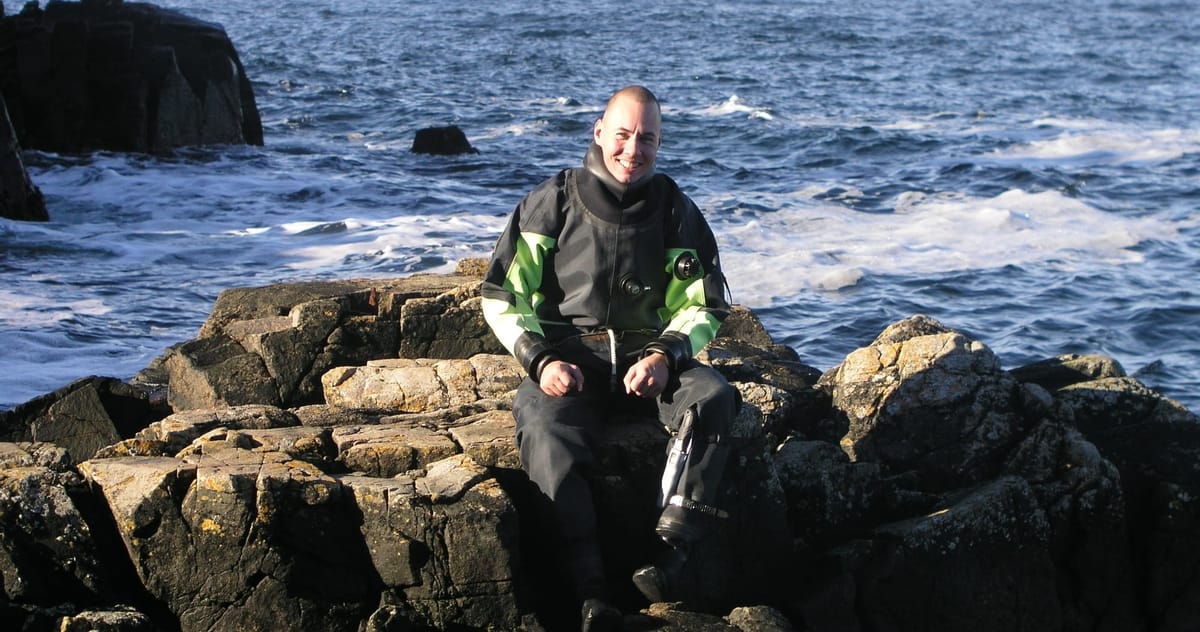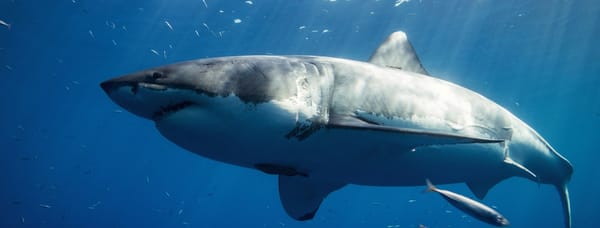Everything You Need To Know About Dry Suits

Introduction to Drysuit Diving
Drysuits are a game-changer for scuba divers exploring colder waters, whether in Europe, North America, or beyond. Local diving in these regions often means confronting cold water, especially during winter months. However, is freezing underwater inevitable? Absolutely not, thanks to the innovation of drysuits. These suits allow you to remain comfortably warm, transforming your diving experience. This guide is tailored for tropical divers intrigued by local dive sites but hesitant about the cold. Even seasoned drysuit divers might discover valuable tips to enhance their underwater adventures.
Understanding Drysuit Diving
What is Drysuit Diving?
Drysuit diving involves wearing a specialized suit that keeps you dry from your neck to your wrists and down to your feet. Some models even offer optional dry gloves for further protection. The suit incorporates tight waterproof seals at the neck and wrists, coupled with an inflation system (similar to a BCD), preventing water ingress. This setup requires managing buoyancy with both your BCD and drysuit, a skill that can be mastered with proper training.
Why Choose Drysuit Diving?
The primary motivation for drysuit diving is to prevent hypothermia, which can occur when diving in water temperatures that are too cold for comfort. While some may enjoy the sensation of water against their skin in warmer conditions, cold waters necessitate a drysuit to maintain warmth. Drysuit diving also enables you to dive in any season, regardless of water temperature, extending your diving opportunities significantly.
Is Drysuit Diving Right for You?
Contrary to common myths, drysuit diving is not solely for experienced divers. Many diving schools in colder regions, like Scotland, start their Open Water courses with drysuit training due to the typically low water temperatures. Drysuit diving is indeed accessible for new divers, though it does involve higher initial costs and more equipment than wetsuit diving.
The Essentials of Drysuit Diving
Training and Certification
Investing in a drysuit diving specialty course is invaluable. This training teaches you to manage double buoyancy and handle emergencies specific to drysuit diving. Some regions and dive shops require proof of this specialty certification for drysuit rental, underscoring its importance.
Selecting and Purchasing a Drysuit
When choosing a drysuit, it's beneficial to rent different models to find the most comfortable fit before purchasing. Prices for new drysuits range from €700 to €2,000, with various features and materials influencing the cost. Secondary markets like Gumtree or specialized Facebook groups can also be good sources for affordable gear.
Types of Drysuits: Neoprene vs. Trilaminated/Shell
Neoprene drysuits, similar in feel to wetsuits, are typically more budget-friendly and offer a snug fit, which enhances hydrodynamics. Trilaminate or shell drysuits, made from solid, multi-layered materials, do not provide buoyancy or thermal insulation, allowing for varied undergarment thickness based on the diving conditions.
Additional Considerations
- Boots or Socks: Check if the drysuit features integrated boots or a sock system, which affects the type of footwear you'll need.
- Seals: Choose between neoprene, latex, or silicon seals based on durability and comfort, ensuring a proper fit to prevent water entry.
- Gloves: Depending on the diving conditions, you may opt for wet or dry gloves. Dry gloves are preferable for colder waters, offering better dexterity and warmth.
- Undersuits: Essential for insulation, the thickness of your undersuit should correspond to the water temperature. Advanced materials like Sharkskin or Aqualung's CeramiqSkin offer effective thermal protection.
Drysuit Maintenance and Fitting
Properly fitting your drysuit is crucial for comfort and preventing water ingress. Explore different models and sizes to find the best fit, and consider custom-sized suits for optimal comfort and performance.
Advanced Considerations
Handling the P-Valve
For long or deep dives, p-valves are an essential consideration for comfort and hydration. Different models cater to different needs and should be chosen based on personal preference and dive conditions.
Gear-Up Routine
Efficiently gearing up in a drysuit involves checking all seals and zippers, adjusting your dive computer, and ensuring your weight system is balanced. Practice makes perfect, and a streamlined routine will enhance your dive preparation.
Conclusion
Diving in a drysuit opens up a new world of diving opportunities, making it possible to explore colder waters with comfort. Whether you're new to drysuit diving or looking to refine your skills and gear, understanding the nuances of drysuit use will greatly enhance your diving experience. Feel free to share your experiences or questions in the comments to further enrich our community's knowledge.



